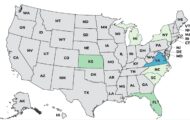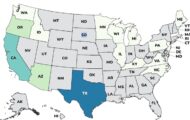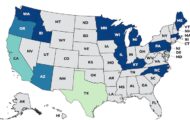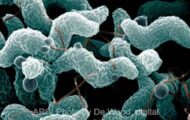It’s time for the FDA’s annual warning about consuming raw flour, since the holiday season is a traditional time for a lot of baking. There have been many outbreaks linked to raw flour and products made with raw flour, such the Salmonella outbreak linked to recalled Gold Medal flour earlier this year, and the E coli outbreak linked to cake mix two years ago.
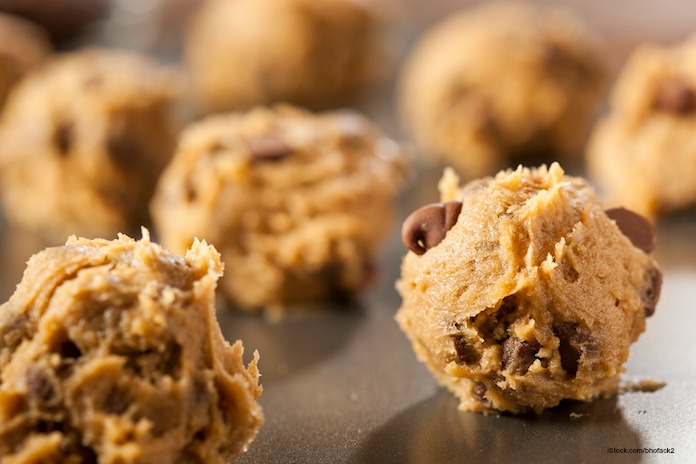
Because it is dry, flour seems so innocuous. But pathogens such as Salmonella and E. coli can easily survive in low water foods. And flour is a raw agricultural product made from raw grains, which means that it can be contaminated with pathogens in the field, during harvest or transport, or during processing. The only thing that makes flour safe to eat is heat.
Do not eat any uncooked cookie dough or batter. And do not make play dough for children that uses raw flour. Even if children do not eat the play dough, they may put their hands in their mouths after handling it.
These outbreaks are striking for another reason: the patients are usually very young. And children can have more severe complications from food poisoning infections.
Another issue with flour is that it is a finely divided solid. It can float in the air and land on countertops, floors, sinks, utensils, and containers, and on your face and hands. After you have worked with flour, clean your kitchen thoroughly.
It is possible to buy heat-treated flour that is safe to eat uncooked, and that can be used to make homemade play dough and other foods such as truffles. Read the package carefully to make sure that the flour is safe to eat without baking or cooking.
If you do eat raw flour, or get sick with the symptoms of food poisoning after working with flour and baking, see your doctor.

